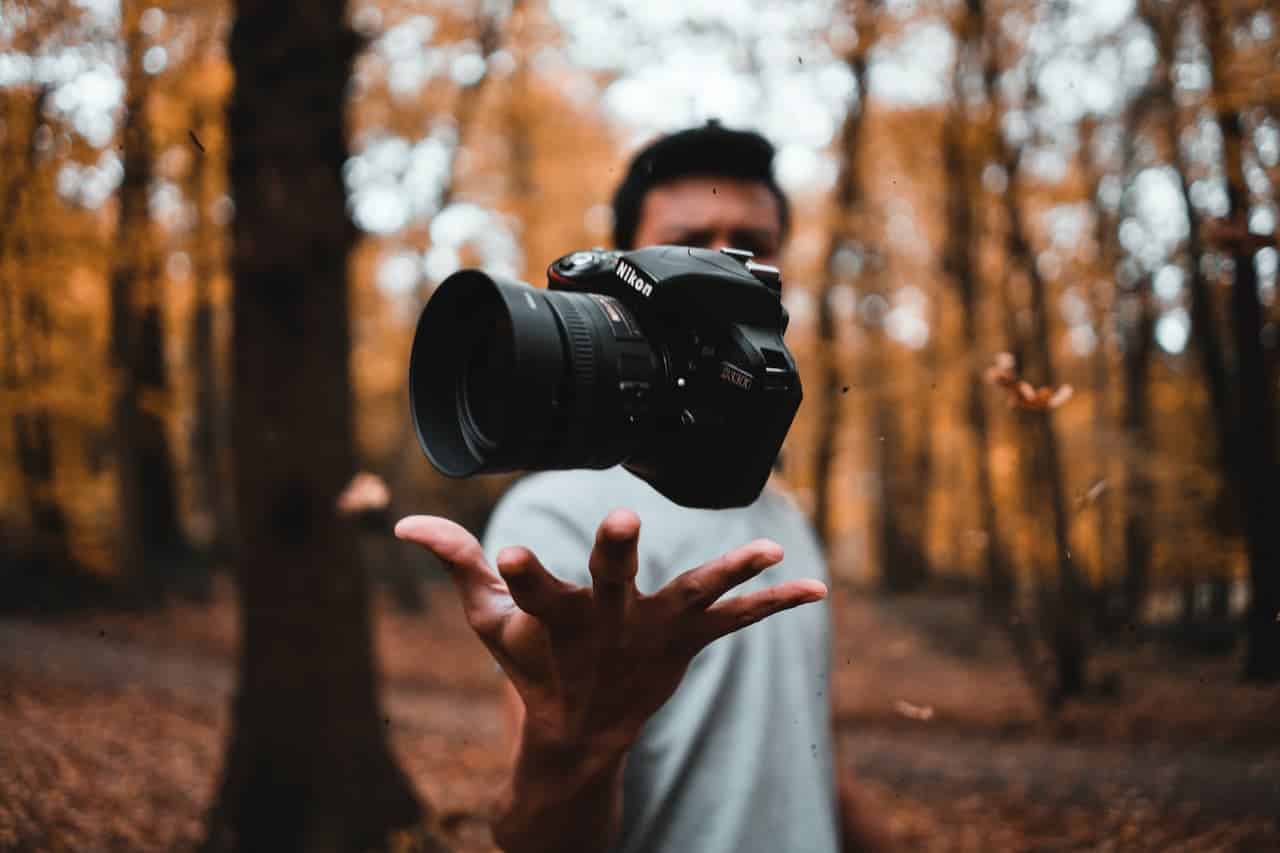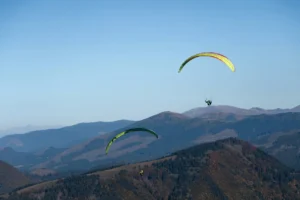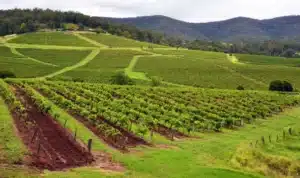6 Tips for Capturing Beautiful Nature Photos Like a Pro
Beautiful nature photos fascinate people with their wild spirit of boundless skies, rapid rivers, and majestic mountains. A lot of aspiring photographers start their careers by capturing natural landscapes. It’s believed that scenes like this are easy for beginners to photograph due to their static nature. Moreover, nature photography is full of moral earnestness.
Table of Contents
ToggleDespite the apparent ease of nature photography, it requires skills and practice. You need to understand basic photography principles and techniques to take awe-inspiring shots. Learn everything about the topic in this article. Keep reading!
How to take professional nature photos
There are some basic skills and techniques you need to master before starting to capture professional nature photos. Choose a favorable time, find an interesting composition, experiment with different angles, and play with colors.
Explore your location
Natural landscapes are full of hidden mystery. When studying well-known locations, you can accidentally find unusual angles and eye-catching scenes. Moreover, exploring your surroundings can help you be better prepared for future shoots, e.g., bringing the right equipment and choosing the best hours. You should also focus on the smallest details when exploring different places. Unique local animals and plants are everywhere, so they can enrich your shots.
Evaluate lighting conditions
Light plays a crucial role in photography, allowing artists to create an overall compositional atmosphere. Playing with light conditions, you can make your photographs convey cheerfulness, grace, or gloominess. The only way of catching perfect lighting is to experiment with the time of day. Aspiring photographers can follow the Golden Hour Rule. It states that the best time for shooting is early morning—an hour after sunrise, and early evening—an hour before sunset.
Use the rule of thirds
Beginner photographers often can’t decide on the main object in their scenery, especially when it comes to natural landscapes. They try to fit all of their surroundings into one shot, like trees, grass, or animals. However, placing accents is a main compositional basic. You can use the rule of thirds to create a complete composition. The rule of thirds suggests dividing a frame into nine equal parts where the main objects are placed at the intersections of the lines. Using this rule, you can easily make proper accents in your photographs.
Focus on the foreground objects
When taking nature images, you can make your scenery look more appealing by adding foreground objects into your frame. For example, focus your camera on objects like grass, flowers, leaves, animals, or insects. This way, your composition forms new meaning and is captured from unordinary angles. Visible foreground objects are an excellent way for photographers to create meaningful narratives.
Choose the right equipment
There are many ways to capture high-quality nature photos, e.g., overexposure, macrophotography, or microphotography techniques. However, they require specialized equipment depending on your goals. For example, you need a macro lens to photograph small elements like insects or flowers, while a wide-angle optic can help you capture more details in a frame. Having a tripod allows you to create stabilized photos and long-exposure scenes.
Experiment with weather conditions and seasons
The tone of your photo can dramatically change depending on weather conditions or a particular season. For example, rainy days bring a sorrowful atmosphere to your scenes, while spring or summer are full of happiness. Experimenting with weather conditions and seasons allows photographers to develop their sense of beauty. You can take several shots and choose the most impressive one. Or, make a photo series depicting seasonal and weather changes.
Where to sell your best nature photos
Taking nature photographs, you get to enrich your artist portfolio and create design projects with high-quality visuals. To benefit from your photos, you can sell them on stock content marketplaces. These platforms offer licensed content to netizens and pay royalties to their contributors.
Depositphotos is one of the largest stock content marketplaces worldwide. The library features 230+ million royalty-free files, including photographs, vectors, illustrations, infographics, clip art, sound effects, music tracks, and videos. Their creative community of 100,000 international artists replenishes the available content collections with high-quality files daily. Users have access to beginner-friendly navigation that includes search by keyword, tags, suggestions, and multiple trendy collections and thematic categories. From each sold file, you as an author get paid a royalty, which is a certain percentage of the visual’s cost. The more of your files users purchase, the higher your royalty percentage gets.
How to become a Depositphotos contributor and upload your best nature pictures to the library:
- Visit the official Depositphotos contributor’s web page.
- Create a free account.
- Upload five of your best photos for a brief review by the platform.
- Make sure they fit the technical requirements: JPEG or JPG formatted photos with an RGB color space, minimum resolution of 3.8 MP, and maximum file weight of 50 MB.
- Wait 5–7 business days for approval. While waiting, take a look at what nature content is available and demanded in the library — https://depositphotos.com.
- After receiving a confirmation letter, add more of your files to the platform to create a diverse portfolio.
- Add descriptions and keywords to each file so users can easily find your visuals.
- Start profiting from selling your high-quality photos online.
Conclusion
Aspiring creators prefer nature photography due to its static nature and peacefulness. It might seem like an easy direction for beginners. Nonetheless, you might find it hard to catch a meaningful and impressive shot. To take amazing nature photos, you have to master basic photography techniques and principles. Discover the tips featured in this article to learn how you can kickstart your nature photography path.





